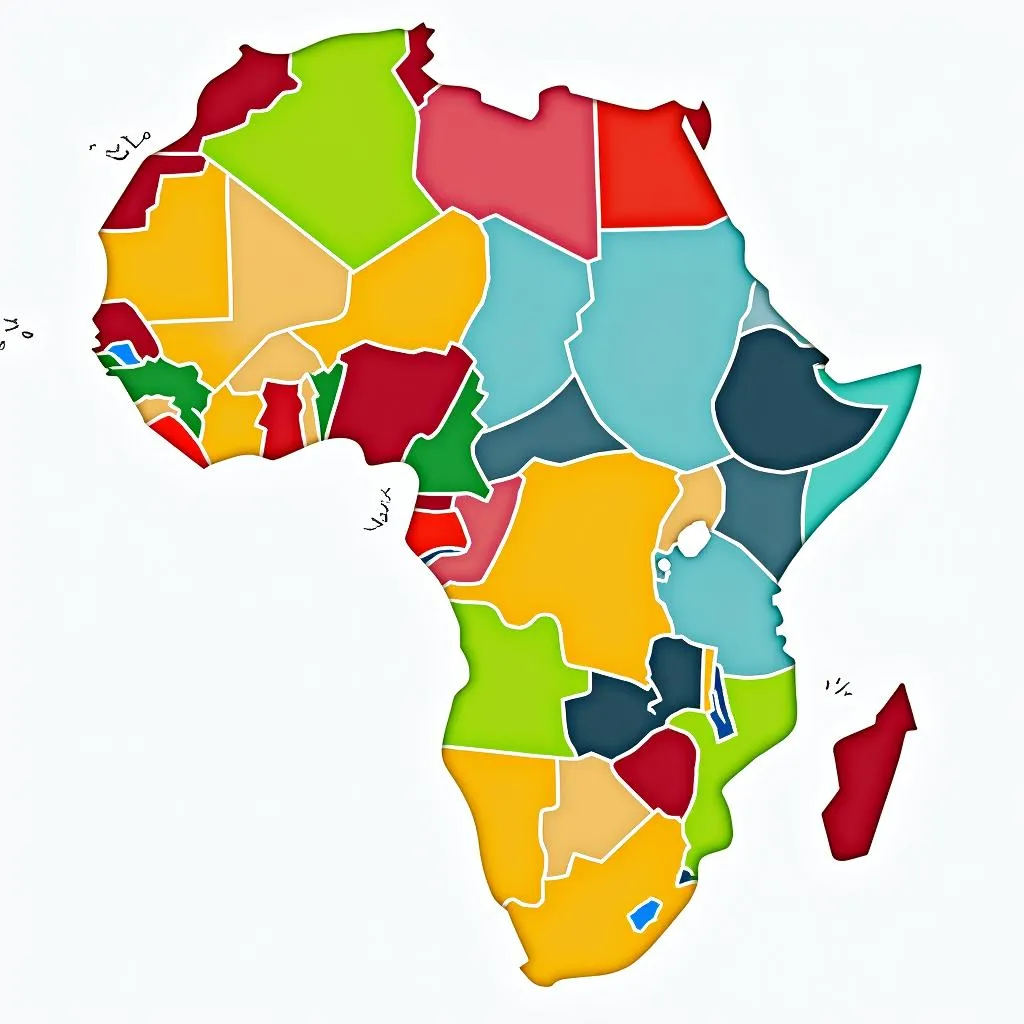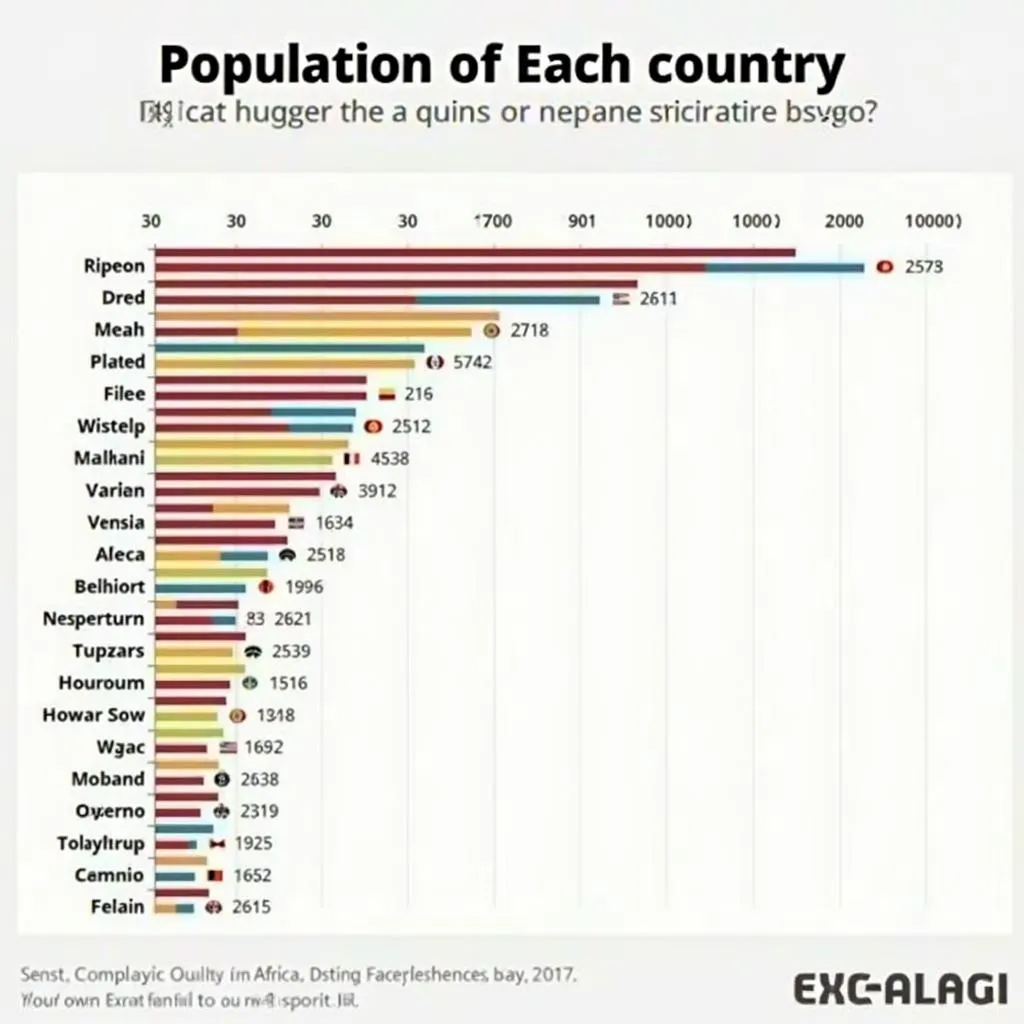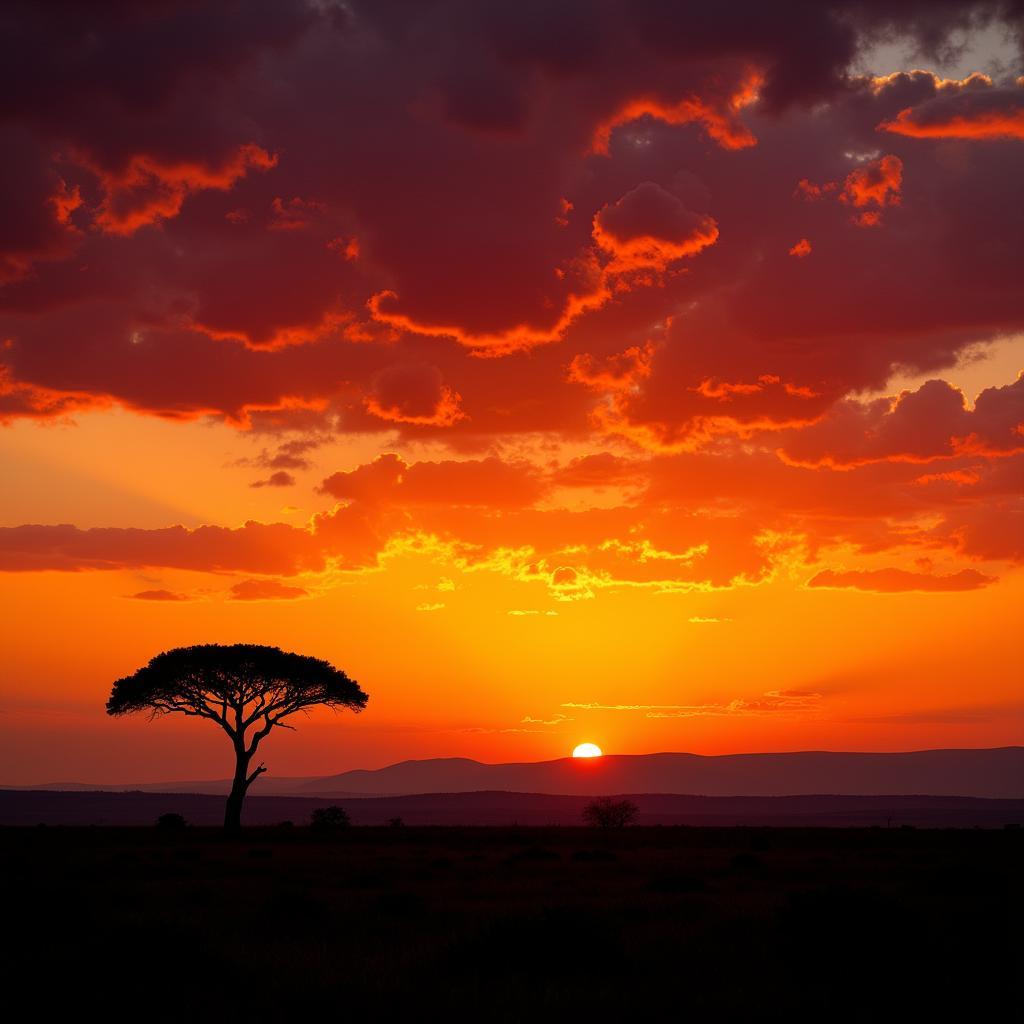African Countries by Area and Population: A Comprehensive Guide
Africa, the second-largest continent on Earth, is a vast and diverse landmass with a rich history, vibrant culture, and incredible natural beauty. It is home to 54 independent countries, each with its own unique characteristics and contributions to the global tapestry. Understanding the size and population of these nations is essential for appreciating the continent’s complexity and the challenges and opportunities it faces. This comprehensive guide will delve into the fascinating world of African countries, exploring their areas and populations and providing insightful information to enhance your knowledge and understanding.
Unveiling the African Landscape: A Geographical Perspective
Africa’s geographical diversity is as remarkable as its cultural tapestry. From the towering peaks of Mount Kilimanjaro to the vast expanse of the Sahara Desert, the continent boasts a stunning range of landscapes, each with its own unique character. To truly appreciate the scale of Africa’s geography, it’s crucial to understand the area of its constituent countries.
 Map of African Countries by Area
Map of African Countries by Area
Top 10 Largest African Countries by Area:
| Rank | Country | Area (km²) |
|---|---|---|
| 1 | Algeria | 2,381,741 |
| 2 | Democratic Republic of the Congo | 2,344,858 |
| 3 | Sudan | 1,886,068 |
| 4 | Libya | 1,759,540 |
| 5 | Chad | 1,284,000 |
| 6 | Niger | 1,267,000 |
| 7 | Angola | 1,246,700 |
| 8 | Mauritania | 1,030,700 |
| 9 | South Africa | 1,219,090 |
| 10 | Mali | 1,240,192 |
The Importance of Area:
Understanding the area of African countries provides valuable insights into various aspects of the continent, such as:
- Resource Distribution: Countries with larger areas often possess greater natural resource reserves, including minerals, oil, and gas.
- Environmental Considerations: Large areas can present challenges in terms of conservation, resource management, and climate change mitigation.
- Infrastructure Development: Vast territories can pose significant infrastructure challenges, requiring substantial investments in transportation, communication, and energy networks.
- Population Density: Area plays a critical role in determining population density, which impacts resource availability, urbanization, and social development.
Counting the People: A Demographic Perspective
Africa is a continent of immense human potential. Understanding the population of its countries provides essential information about the demographics of this dynamic region.
 African Countries by Population
African Countries by Population
Top 10 Most Populous African Countries:
| Rank | Country | Population (2023 Estimate) |
|---|---|---|
| 1 | Nigeria | 214,043,985 |
| 2 | Ethiopia | 123,534,239 |
| 3 | Egypt | 108,581,071 |
| 4 | Democratic Republic of the Congo | 96,014,779 |
| 5 | South Africa | 60,604,000 |
| 6 | Sudan | 47,801,936 |
| 7 | Algeria | 45,325,000 |
| 8 | Tanzania | 63,527,077 |
| 9 | Kenya | 56,748,440 |
| 10 | Uganda | 48,530,000 |
The Significance of Population:
Population figures provide valuable insights into:
- Economic Growth: A large population can fuel economic expansion through consumer demand, labor supply, and entrepreneurial activity.
- Social Development: Understanding population trends is essential for planning and implementing effective social programs, such as education, healthcare, and housing.
- Political Influence: Population size can influence political power, particularly in terms of electoral representation and regional alliances.
- Resource Consumption: A growing population puts increasing strain on natural resources, leading to challenges in food security, water management, and environmental protection.
Diving Deeper: Exploring Key Factors
While area and population are fundamental indicators of a country’s size and scale, several other factors contribute to a complete understanding of the African landscape.
The Influence of History and Culture:
Africa’s rich history has shaped its cultural diversity and played a significant role in the distribution of its population. Colonial legacies, traditional societies, and indigenous cultures continue to influence modern life in various African countries.
The Impact of Geography and Climate:
Africa’s diverse geography, from fertile plains to arid deserts, plays a crucial role in shaping its population distribution and economic activities. Climate patterns, including rainfall, temperature, and seasonal variation, influence agricultural production, water availability, and human settlements.
The Role of Economic Development:
Economic factors, such as GDP, industrialization, and trade, significantly influence the population growth, urbanization, and overall development of African countries. Understanding these factors is essential for assessing the continent’s economic potential and challenges.
The Importance of Governance:
Good governance, including political stability, transparency, and accountability, is critical for fostering sustainable development, reducing poverty, and improving the quality of life for African citizens.
Conclusion: A Continent of Potential
Africa is a continent of immense potential, with diverse landscapes, rich cultures, and a growing population. Understanding the area and population of its countries is essential for appreciating the continent’s complexity and the challenges and opportunities it faces. By delving into these fundamental aspects, we can gain a deeper understanding of this dynamic region, its people, and its role in the global landscape.
As we continue to explore the African landscape, it’s crucial to embrace a holistic perspective, considering not only area and population but also the intertwined influences of history, culture, geography, economics, and governance. By fostering collaboration, promoting sustainable development, and investing in human potential, we can help unlock the full potential of Africa, contributing to a brighter future for all its citizens.
FAQ
Q: What is the smallest African country by area?
A: The smallest African country by area is Gambia, with an area of 10,000 square kilometers.
Q: What is the most densely populated African country?
A: Rwanda is the most densely populated African country, with a population density of 504 people per square kilometer.
Q: Are all African countries developing countries?
A: While most African countries are considered developing countries, several have achieved significant economic growth and are considered middle-income countries.
Q: What are the major challenges facing African countries?
A: African countries face numerous challenges, including poverty, inequality, conflict, disease, climate change, and lack of infrastructure.
Q: What are the opportunities for economic growth in Africa?
A: Africa has immense potential for economic growth, driven by a growing population, abundant natural resources, and increasing investments in infrastructure, technology, and education.
Q: How can we support sustainable development in Africa?
A: We can support sustainable development in Africa by investing in education, healthcare, infrastructure, clean energy, and promoting good governance, transparency, and peace.



